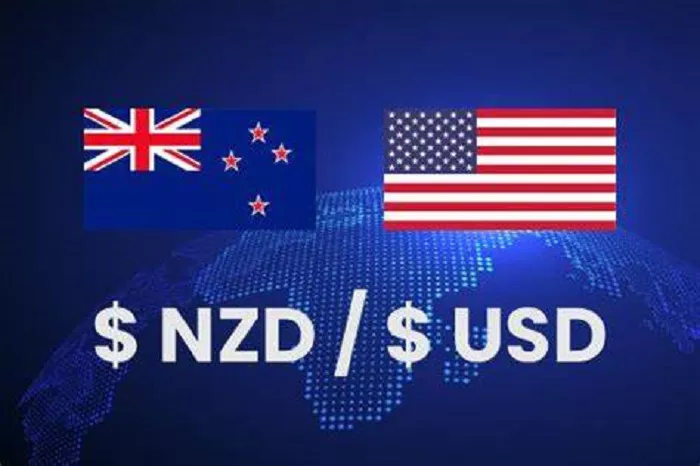The New Zealand Dollar (NZD) is under pressure, with the NZD/USD pair falling to near 0.5660 during the early Asian session on Wednesday. The decline follows comments from US President Donald Trump regarding the potential for a 10% tariff on goods imported from China, a move that could exacerbate global trade tensions. Trump indicated on Tuesday that his administration is considering the tariff in response to fentanyl trafficking from China to Mexico and Canada, a significant geopolitical issue.
Geopolitical Risks and Trade Concerns Impact NZD
As China is a major trading partner for New Zealand, any escalation in trade tensions with the US could adversely affect the Kiwi. Investors are closely monitoring developments around US tariff policies, as these could have a broader impact on New Zealand’s economy. Trade concerns and the uncertainty surrounding global economic conditions have added to the selling pressure on the NZD.
NZ Inflation Data and RBNZ Rate Cut Expectations
The New Zealand Consumer Price Index (CPI) for December came in slightly hotter than expected, showing inflationary pressures. However, this inflation uptick does not appear to be significant enough to deter expectations of further rate cuts from the Reserve Bank of New Zealand (RBNZ). Despite the higher-than-expected CPI, the market remains focused on the RBNZ’s dovish stance.
Swaps markets are pricing in a 90% chance of another 50 basis points (bps) rate cut on February 19, following the two rate cuts already implemented in 2025. This suggests that the RBNZ will continue its accommodative policy to support the economy, with expectations of an additional 100 bps of rate cuts for the remainder of 2025. The continued dovish stance of the RBNZ is a key factor weighing on the Kiwi against the US Dollar (USD).
Outlook for NZD/USD
The combination of global trade concerns, geopolitical risks tied to US-China relations, and the RBNZ’s dovish policy outlook is likely to maintain downward pressure on the NZD/USD pair. Traders will closely watch developments around tariffs and any further policy signals from the Reserve Bank of New Zealand in the coming weeks, as these factors will play a crucial role in shaping the Kiwi’s performance against the US Dollar.
Related topics:
Reckitt Benckiser Expands U.S. Manufacturing to Counter Tariffs and Market Challenges
Oil Prices Stabilize Amid U.S. Stockpile Drop and Russian Sanctions
Aluminum Price Rises as EU Considers Russian Import Restrictions


